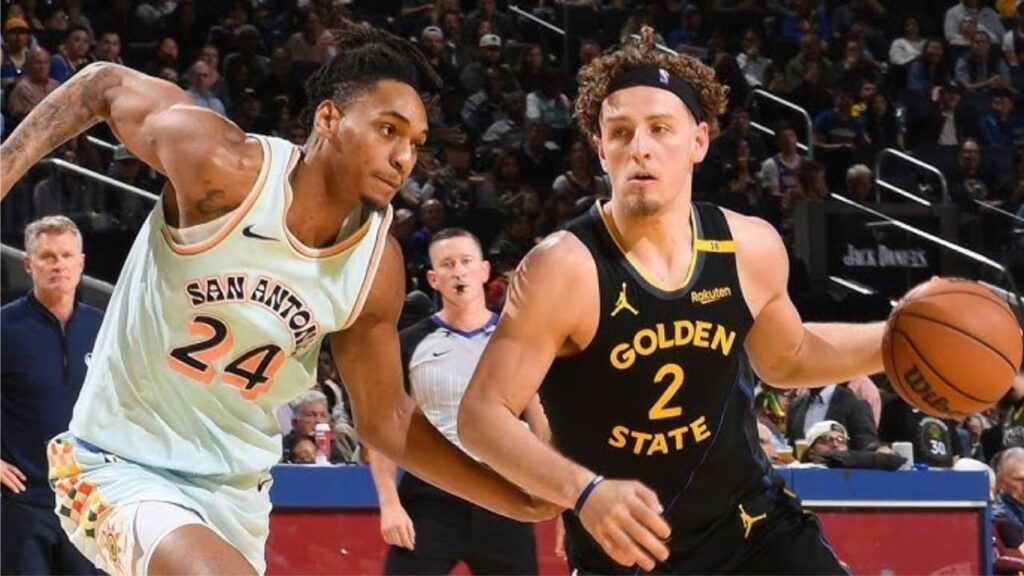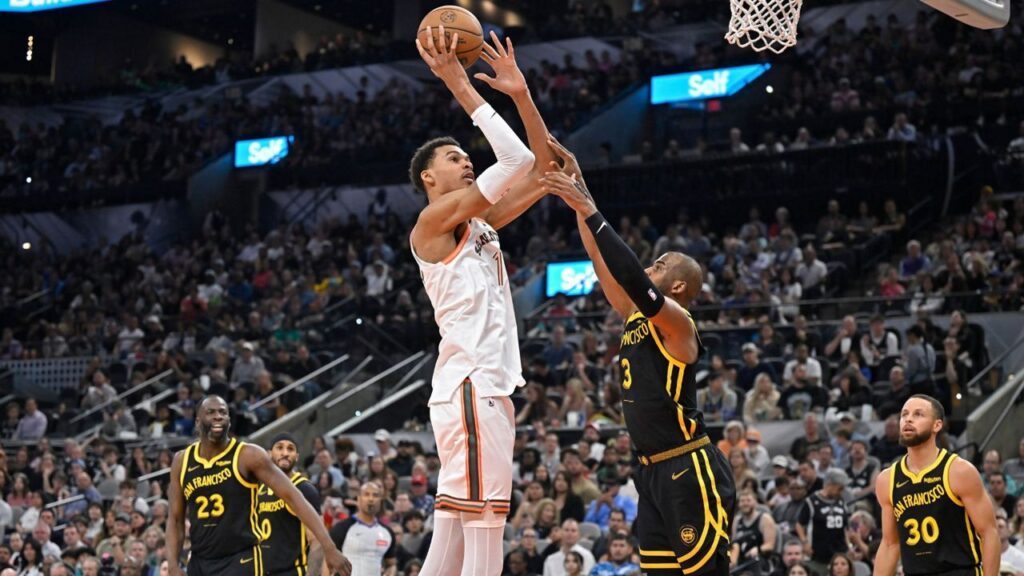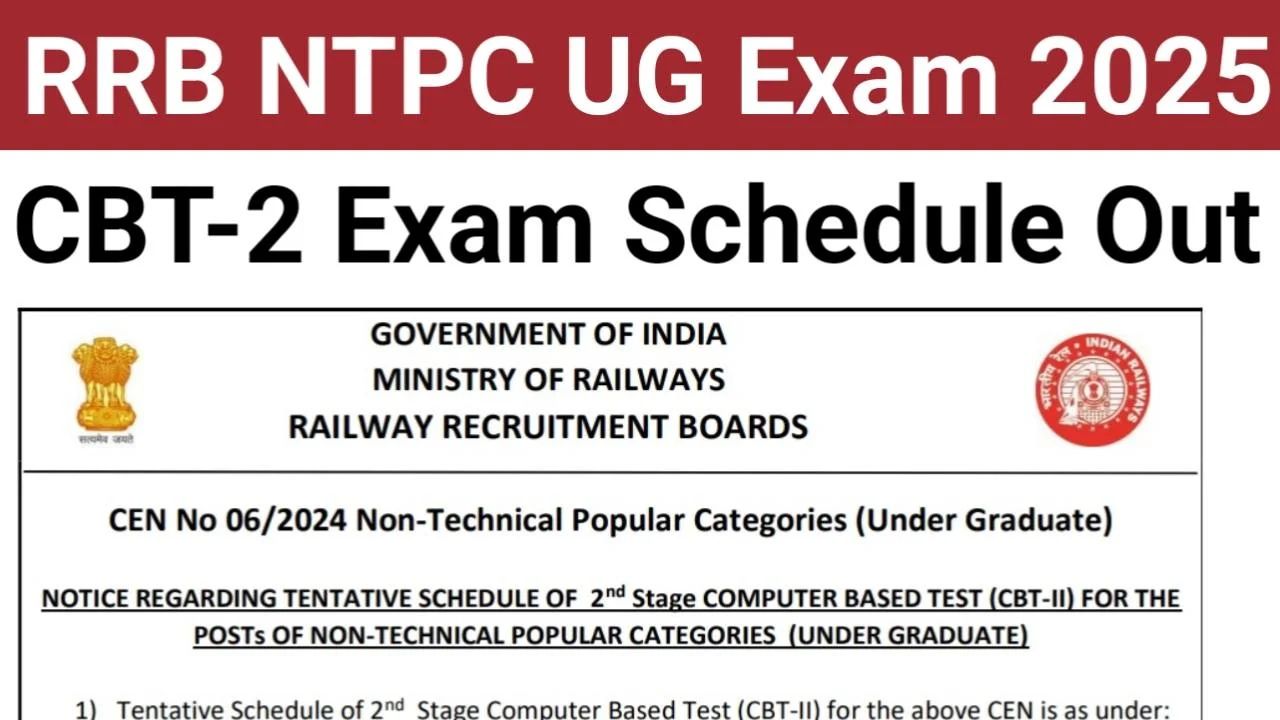Spurs vs Warriors: pace, threes, turnovers what single metric predicts the fourth quarter winner? Click to see

Spurs vs Warriors: The Spurs vs Warriors meeting brings a classic contrast: San Antonio’s length and defensive efficiency versus Golden State’s veteran shotmaking and late-game execution. Recent form underscores the stakes, with Stephen Curry’s 46 propelling a 125-120 Warriors win that snapped the Spurs’ perfect home start. Team sites framed it as a statement rebound after an OKC drubbing, setting up a compelling tactical chess match in San Antonio.
Key storylines
- Curry’s second-half avalanches remain the ultimate swing factor; he scored 29 after halftime in the latest clash to flip a double-digit deficit.
- Victor Wembanyama’s two-way gravity keeps the Spurs in any game, with highlight rim protection and triple-double impact elevating San Antonio’s ceiling.
- The Warriors’ free-throw edge (32 of 36 vs 14 of 16) proved decisive in a five-point game, spotlighting whistle management and aggressive rim pressure.

Matchups to watch
- Stephen Curry vs Spurs point-of-attack defense: San Antonio’s PnR coverage must vary between top-locks, shows, and deep drops to limit Curry’s pull-up threes and foul-drawing.
- Wembanyama vs Warriors small-ball: Golden State’s spacing can pull rim protection away from the lane; San Antonio’s counters include high-low actions and elbow handoffs to punish switches.
- Secondary scoring: Jimmy Butler’s on-ball creation (late-clock relief) and Moses Moody’s off-ball pop complemented Curry in the win; Spurs need consistent Castle/Vassell production to keep pace.
What the numbers say
- San Antonio’s offense has been efficient, with field-goal percentage near 50% and top-10 scoring, while their defense has hovered among the league’s best metrics.
- Head-to-head trends suggest high totals, with multiple recent meetings clearing 220 and the Warriors often surpassing 110.5 points.
- Road/home split matters: Golden State’s offense has dipped away from home this season, magnifying the importance of free throws and turnover margin.
Tactical adjustments
- Spurs defensive schemes: Expect mixed coverages on Curry—blitzes after timeouts, occasional box-and-one looks, and scram switches to keep him off rhythm without overcommitting fouls.
- Warriors pace control: Golden State can slow San Antonio’s lob game by tagging rollers early and crowding the dunker spot, then flipping to early drag screens for Curry in semi-transition.
- Foul economy: Replicating the 32 FT attempts that swung the result is a Warriors priority; Spurs must show hands at the arc and avoid reach-ins on relocations.
Predicted X-factors
- Warriors: Jimmy Butler’s paint touches and foul pressure diversify late-game offense and reduce Curry’s load, while Moody’s catch-and-shoot rhythm punishes stunts.
- Spurs: Stephon Castle’s downhill playmaking and corner-kick accuracy open slots for Wembanyama’s slips and short rolls, sustaining half-court efficiency.
- Whistle and boards: A narrow FT gap plus one extra late-game offensive rebound can decide it; both teams will scheme for high-leverage possessions.
Scannable bullets: what to watch
- Second-half counters against Curry’s on-ball threes and relocations.
- Spurs’ rim control vs Warriors’ small-ball spacing and free-throw pressure.
- Secondary scorers: Butler/Moody vs Castle/Vassell swing possessions.
- Turnovers into threes: live-ball mistakes feed Warriors’ momentum.
- Late-game ATOs: Kerr’s set plays vs Spurs’ switching discipline.

FAQs
Q1: Who starred in the latest Spurs vs Warriors game?
A1: Stephen Curry erupted for 46 points, including 22 in the third, fueling a 125-120 Warriors win in San Antonio. Victor Wembanyama delivered a triple-double impact for the Spurs, but Golden State’s free throws and late-clock execution carried the result on the road.
Read Also
Q2: Why did free throws decide the outcome?
A2: Golden State finished 32 of 36 at the line, while San Antonio went 14 of 16. In a five-point game, +18 attempts and +18 makes represent a large possession and expected value swing, especially alongside Curry’s second-half burst.
Q3: What defensive plan works best on Curry?
A3: No single scheme suffices. Teams mix top-locks, hard shows, and selective blitzes, then rotate out of split cuts and chase relocations. The goal is to limit pull-up threes without gifting free throws, while denying quick-hitter ATOs after timeouts.
Q4: How can the Spurs exploit their size?
A4: Use elbow handoffs into slips for Wembanyama, high-low entries to punish fronts, and duck-ins against smaller matchups. Corner spacing and timely 45 cuts force Golden State to reveal tags, opening lob windows and second-chance opportunities.
Q5: Which trend could define the rematch?
A5: Totals skew high when these teams meet, and the Warriors often clear 110.5 in head-to-heads. If San Antonio reduces the free-throw disparity while maintaining efficient shooting, the margin tilts; otherwise, late-game shot creation favors Golden State.

Read Also
Conclusion
Spurs vs Warriors hinges on San Antonio’s ability to dampen Curry’s third-quarter avalanches, hold the free-throw line gap in check, and extract consistent secondary scoring around Wembanyama’s gravity. Golden State’s veteran cadence and whistle-winning aggression remain the swing factors in clutch time. Subscribe for matchup breakdowns and postgame insights.











